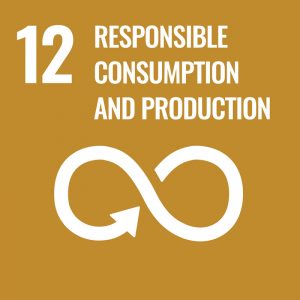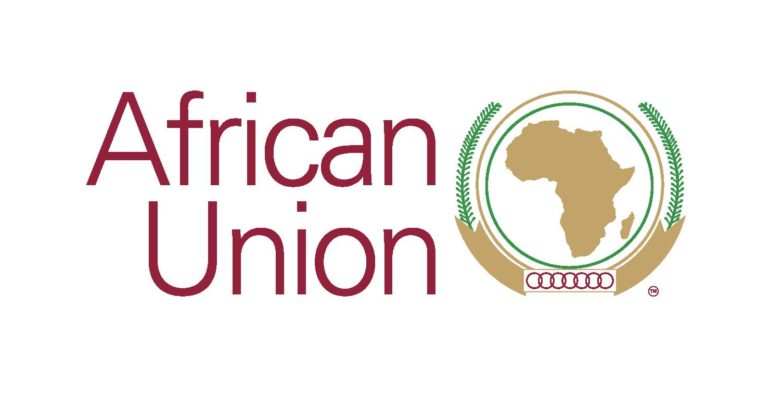The Sustainable Development Goals (SDGs) by the United Nations are aimed at transforming the world into a better place for all to live in by the year 2030. With just a little over seven years to the target date of achieving the 17 goals laid out by the global body, many countries are deploying various measures to see to the realization of this target.
As the world continues to await new developments from different countries on the attainment of the global action goals, this article will focus on the progress so far recorded by Zambia, especially on SDG Goal 12 which is targeted at ensuring sustainable consumption and production.
According to the UN, Sustainable consumption and production is about promoting resource and energy efficiency, sustainable infrastructure, and providing access to basic services, green and decent jobs and a better quality of life for all and its implementation helps to achieve overall development plans, reduce future economic, environmental and social costs, strengthen economic competitiveness and reduce poverty.
The goal foresees sustainable production and consumption based on advanced technological capacity, resource efficiency and reduction of global waste.
Among other things, achieving goal 12 which has 11 indicators under it will have meaningful impacts on other goals that have to do with land and water, energy and climate change as well as the reduction of the poverty rate.
In Zambia, the attainment of this goal is tied to the attainment of the other goals because the Zambian Government has shown a strong commitment to the 17 SDGs by integrating them into the country’s national development plan which is the 7thNational Development Plan (7NDP).
The Southern African nation has so far integrated about 86 per cent of the Sustainable Development Goals in the 7th National Development Plan (7NDP) since the commencement of the global agenda in 2015 to align with and address socio-economic issues to meet national development targets. By doing so, the SDGs are considered in the development of policies and initiatives in the country, a development that has earned Zambia to be ranked 140 globally and 28th in Africa with a score of 54.16 in terms of success in achieving SDG goals according to the Sustainable Development Report 2022. In meeting the goal 12 target by doing away with unsustainable patterns of consumption and production which are part of the causes of climate change, biodiversity loss and pollution, Zambia pledged to reduce its emissions by 38,000 Gg CO2 by 2030 and between 2015 and 2019, the country was able to reduce its cumulative emissions by 39%, showing that the country still has a lot ahead of it and needs to double its efforts in that aspect.
Zambia is also promoting sustainable initiatives like renewable energy which has helped the country diversify its energy mix from 99% reliance on hydropower production in 2011 to80.6% in 2019 while solar energy accounts for about 3 % per cent of the total energy. For its production patterns, Zambia is promoting climate-smart agriculture (CSA), water harvesting techniques as well as green infrastructure in its climate change adaptation interventions. Under the CSA, the government is rolling out CSA practices capable of sustainably increasing productivity, enhancing resilience, and reducing or removing greenhouse gas emissions. The government is also conducting multiple CSA measures to repair degraded landscapes and improve farmers’ resilience to climate change in conjunction with national and international research and development partners.
To record more successes in that regard, efforts have also been made to develop and deploy up-to-date technologies and practices for reducing or eliminating the negative effects of climate change.
In all, Zambia has made substantial progress in expanding CSA and is now considered a regional leader in this field. However, to achieve more in that regard, it has opened its doors to partnerships from willing stakeholders to accelerate the CSA adoption agenda and promote sustainable production patterns.
Another indicator strategic to the achievement of goal 12 is addressing food losses whereby by the year 2030, countries should halve per capita global food waste at the retail and consumer levels and reduce food losses along production and supply chains, including post-harvest losses.
For Zambia with crop losses of between 30 to 40 per cent, access to adequate food in many small holder farming households is a challenge.
However, with support from partners like the World Food Programme, (WFP), the Zambian government has been able to tackle post-harvest losses by supporting farmers with sensitization programmes on how to access and use low-cost, modern and durable post-harvest management solutions.
With that, farmers now have better opportunities for post-harvest and storage to avoid food losses.
In terms of the reduction of global waste under goal 12, the Zambian Association of Manufacturers (ZAM) and the Zambian Environmental Management Agency are at the forefront of promoting the three tenets of sustainability which are often referred to as the three R’s namely reduce, reuse and recycle.
They engage in monitoring manufacturing companies by promoting and encouraging sustainable manufacturing practices which have seen several manufacturing companies in Zambia adopting environmental, social and governance (ESG) practices in their businesses.
For instance, Zambian Breweries which is a frontier in this case has the Manja Pamodzi Project which collects plastic waste for recycling and then feeds them as raw materials to recycling manufacturing companies.
It is in light of this that the Zambian government also embraced the adoption of a circular economy which is an evolution of the way goods and services are produced and consumed.
The circular economy mode redefines the economy around principles of effective utilisation of waste and pollution and keeping products and materials in use for as long as possible.
Though progress on this is still at a minimal level in the country, the government is working on partnerships with other countries that have embraced the circular economy to get a better understanding of its implementation for effectiveness.
As such, it is encouraging its small and medium enterprises to look beyond their capacities and work alongside each other and other big firms both within and outside the country on the path of the circular model to get Zambia to the desired state of sustainability.
Overall, while Zambia has not gone too far on all indicators of SDG goal 12, it is sure on the path to achieving the goal with most of its current programmes, policies and initiatives steered towards that direction.
It is in furtherance of this that the government is seeking more private sector partnerships as it looks forward to its 8th National Development Plan (8NDP) that will take the country further towards sustainable production and consumption models for a green economy and guaranteed way of attaining inclusive and sustainable development for its citizenry.
The 8NDP which will run from 2022 to 2026 is a follow-up on the 7NDP and is expected to help actualize SDG goal 12 alongside other SDGs.



